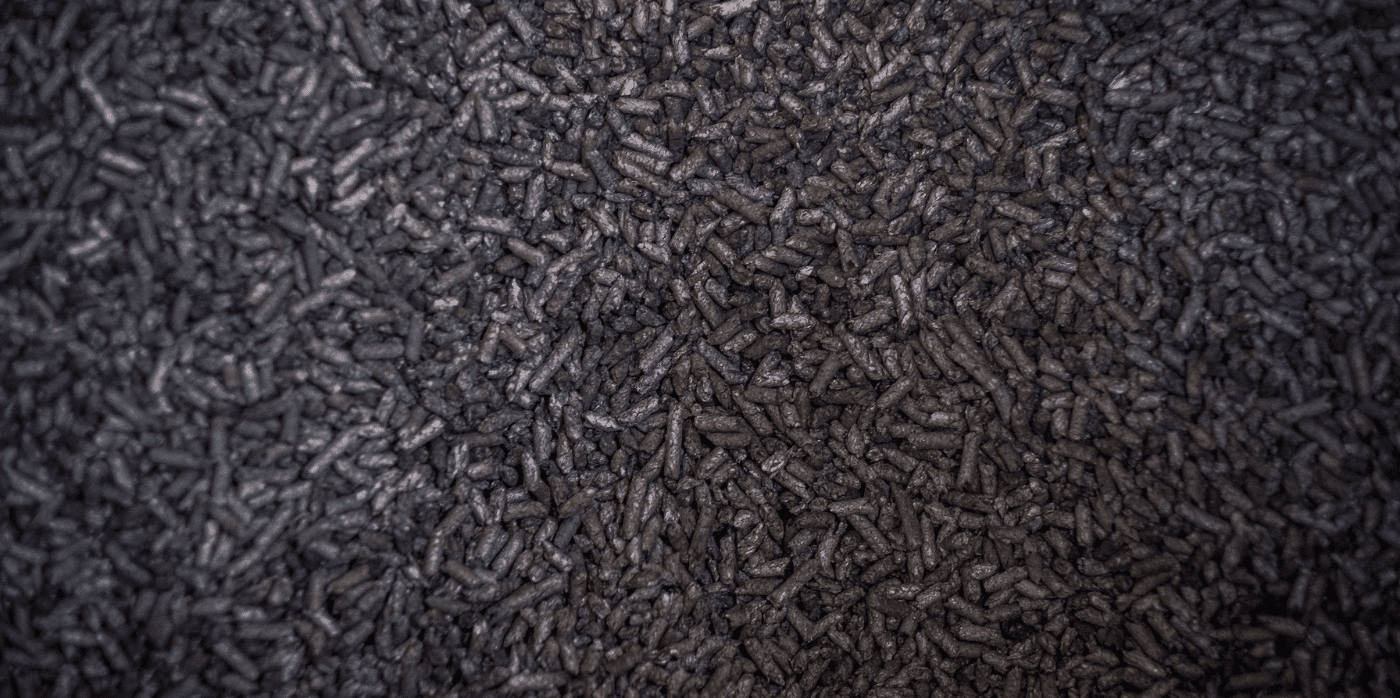
Spotted: The volume of edible food waste created around the world is estimated to be 1.3 billion tonnes a year, with a lot of that ending up in landfills. Once in landfill, this waste breaks down and releases CO2 into the atmosphere. While some are doing important work to reduce the amount of material that ends up in landfills, Edinburgh-based Carbogenics is going in another direction and turning this waste into a material that is useful in multiple agricultural and industrial processes.
The company produces a product called CreChar. This is a type of biochar – a carbon-rich, porous material that can be used to enhance the production of biogas from food and farming waste. While most biochar is made from virgin wood, Carbogenics’ process uses organic waste, such as wastewater screenings and difficult-to-recycle food, farm, and paper waste instead.
CreChar is made by heating biomass in the absence of oxygen. This process, known as pyrolysis, produces carbon-rich biochar alongside oil, synthetic gas (syngas), and heat. This versatile material could be a gamechanger for the biogas and wastewater treatment sectors, but it can also be used as a plant fertiliser and for soil restoration and carbon sequestration. When used in place of biochar in biogas production, for example, CreChar increases biogas yields by up to 15 per cent.
At the same time, because the carbon locked in CreChar during its production process cannot easily be broken down by microorganisms, it can be sequestered in the material for hundreds or thousands of years.
Carbogenics recently secured £1 million (around €1.2 million) in investment from Green Angel Ventures, Scottish Enterprise and Old College Capital. The funds will be used to build a production and research and development (R&D) facility in Scotland. It’s anticipated the facility will be operational by the end of Q1 in 2024.
Researchers are working on a number of projects that aim to maximise the efficiency of converting biomass to energy. In the archive, Springwise has also spotted a project at EPLF that uses food waste in the pyrolysis process, as well as a small-scale biowaste processor that turns food waste into cooking gas and compost.
Written By: Lisa Magloff

